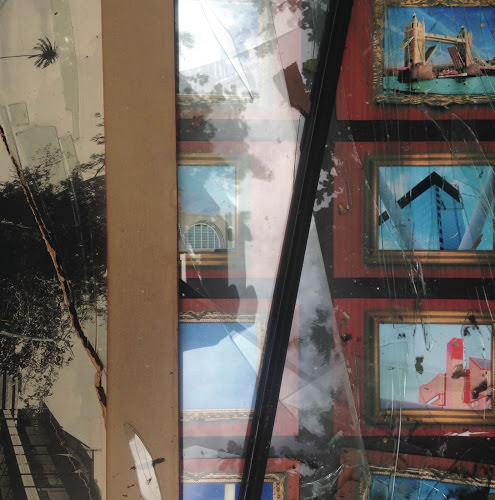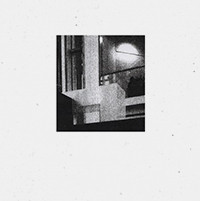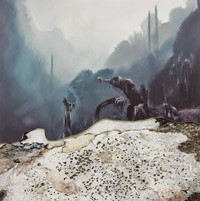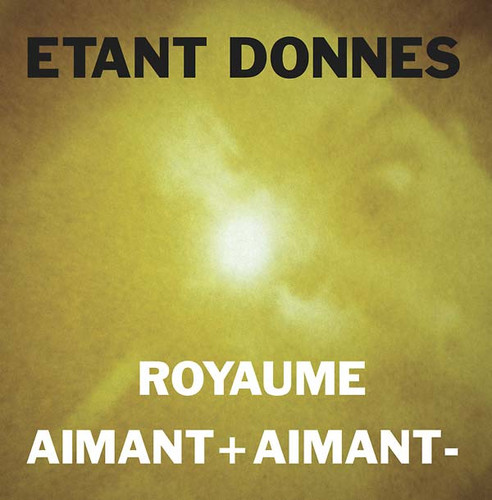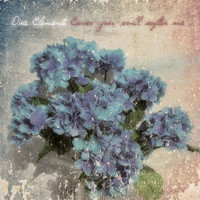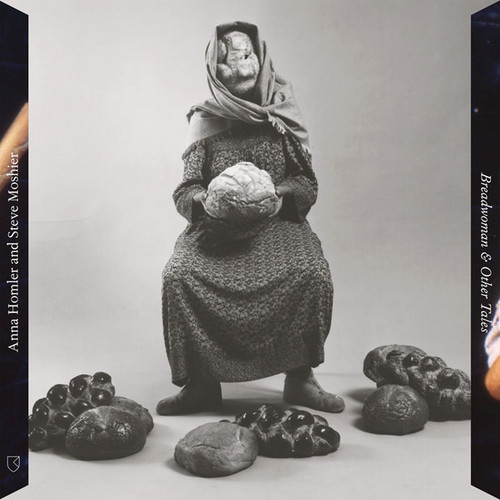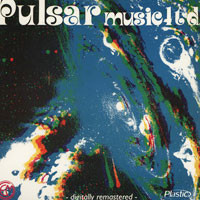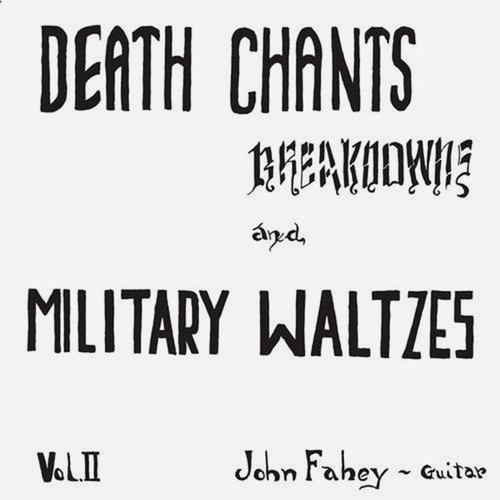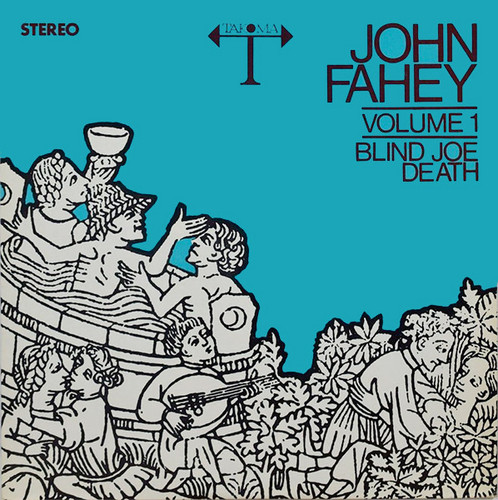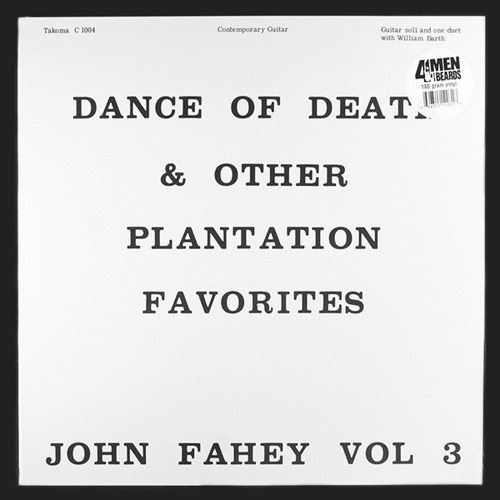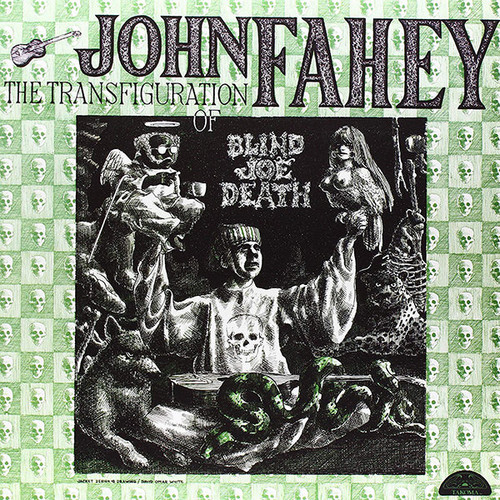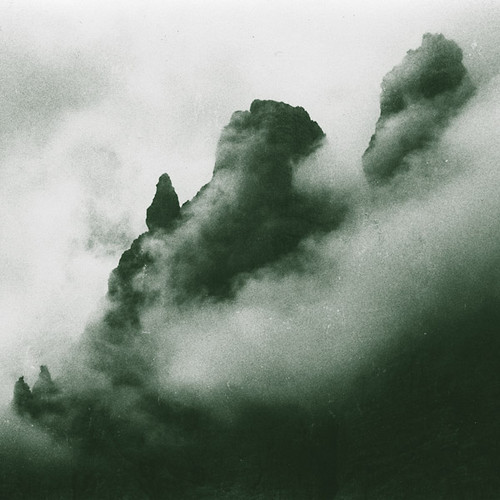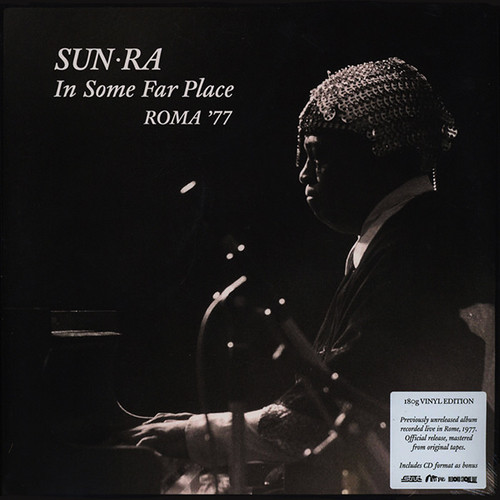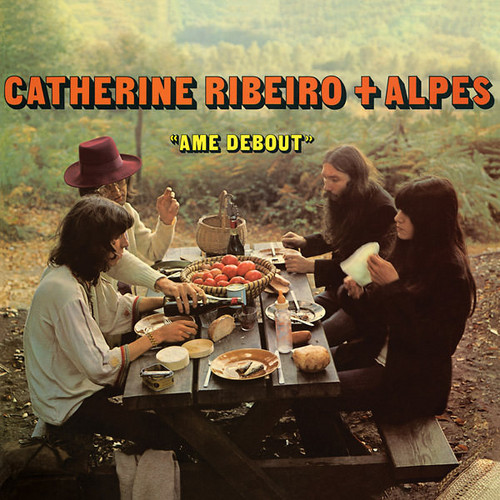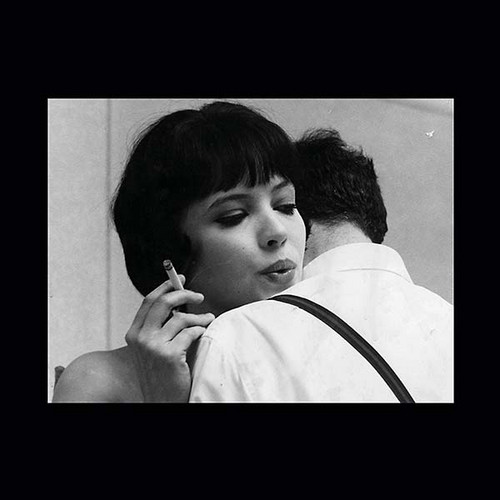Back in stock
Windows
Wewantsounds present the first ever reissue Jack Wilkins's highly sought-after Mainstream Records album Windows, originally released in 1973. Produced by Bob Shad, the album, which is on many want-lists, is especially cult for his rendition of Freddie Hubbard's classic Red Clay, notably sampled by A Tribe Called Quest (on Sucka Nigga) and Chance The Rapper. Recorded in 1973 at New York's Record Plant, this superb session sees guitarist Jack Wilkins in a trio setting accompanied by Mike Moore on …
Ksiezyc
Second pressing, white vinyl. Finally here, this hard to classify outstanding Polish LP (meaning ‘Moon’) a remarkable and at times extremely thought provoking fusion of modern classical and medieval sensibilities, combining piano, flute, and unique fairy tale inspired vocal experiments written by Remigiusz Mazur-Hanaj. Absolutely timeless and criminally unknown, even in underground music circles. Penultimate Press is proud to reissue the defining statement by Polish outfit Ksiezyc (Moon). The s…
Lina in Nida
Mark Harwood's third album under his Astor moniker slips away from the obtuse atmospheres and concrete field recordings of Alcor and Inland (released on Graham Lambkin's Kye label in 2012 and 2013 respectively). Lina in Nida sits more in a melodic electronic framework covering a wide range of sonic and emotional states. "The East" initiates proceedings as a proposed anthem for Britain during a potential invasion by ISIS. Things soon move into the uncomfortably claustrophobic "The Landowners," wh…
Korea Undok Group
After a run of extremely under the radar cassette releases, Penultimate Press is proud to present the first vinyl collection of works by the Winnipeg outfit Korea Undok Group. With more hiss than a valley of snakes the various monikers here cover the gamut of contemporary practice traversing industrial decay, rhythmic pulse onwards to piano etudes and fractured possession. All these forms come debossed with the signature destroyed tape aesthetic which makes these sharks so lonely.180 gram vinyl…
Chiltern
Outstanding!!!!!! Conceived while wandering through the iron bark forests and gold fields of country Victoria, Australia, the official debut by Melbourne's Hour House offers a musical blueprint marinated in mystery, beauty, sound, and song. Hour House is the duo of Mark Leacy and Sam Kenna, formerly of the Newcastle-based outfit Castings. Chiltern comprises individual tracks folded into two side-long suites in a unique excursion through foreign encounters, warm surrounds, and disorienting comfor…
Gegenschein
Small repress. Irish artist Áine O'Dwyer follows her highly acclaimed Music For Church Cleaners vol. I and II double LP (2015) with two LP releases, Gegenschein and Locusts (PP 027LP). While continuing to explore the church organ as the primary instrument, these two releases steer away from Church Cleaners in both sonic content and themes explored. Gegenschein was recorded at the Franciscan Friary in Limerick, Ireland. O'Dwyer gained access to the Friary in 2012 and explored both the pipe organ …
Royaume/Aimant + Aimant -
This is the second of three reissues focusing on the works of Étant Donnés based on field recording and voice. Royaume (originally released on CD by Touch in 1991) is made up of four tracks and is a kind of purifying journey through the four elements that symbolically refers to the light evoked by the color green, an allegory of the grail and of the light-bringing angel. As to the poems, they tend to amount to their essentials, as is the case on the track "Matin," which is both Taoist and surrea…
Cover You Will Soften Me
Ora Clementi is the pen name of Canadian sound artist and improvisor Crys Cole and Australian performer and composer James Rushford. crys has previously collaborated with Keith Rowe and Oren Ambarchi (Bocian records) whilst James worked alongside Joe Talia on the highly acclaimed 'Manhunter' LP (Kye). Penultimate Press is proud to unveil this duo's new hermetic world of sound, song and speech. Employing farfisa, contact mics, percussion, viola, recordings of James' pet chickens, ocarinas, pia…
Breadwoman & Other Tales
** CD edition** Sensational!!!! Breadwoman & Other Tales are the collected recordings of a language arising. It is the sound and document of Anna Homler divining speech, lyrical fragments, and melody for music composed, mixed, and engineered by Steve Moshier. It’s 1982 and Anna is driving an ocean blue classic Cadillac to meet renowned poet and playwright Deena Metzger in Topanga Canyon, Los Angeles. Passing a non-descript desert patch where tall wheat and mustard flowers grow, Anna opens her mo…
Pulsar Music ltd
An outstanding lbirary CD (Originally on Cometa) played by Pulsar, a short living group formed in 1976 by jazz musician Enrico Pieranunzi and Silvano Chimenti , was called The Pulsar in honor of the neutron star and, to date, it was thought that their only album had been used for the soundtrack of the MarioCaiano's movie Milano Violenta. The feel of the album is similar to that of some of the best tracks on the Stroboscopia comps – with lots of tight drums, rumbling basslines, and cool electric …
Volume 2 / Death Chants, Breakdowns & Military Waltzes
2016 remastered edition, blue color vinyl edition of 500 copies. "Death Chants is John Fahey's second album, following the brilliantly apocryphal Blind Joe Death. As massive as that earlier work was, it represented only a tentative first step towards the fields of hodologic splendor that our hero would go on to create. Death Chants represents a much more fully realized syncretism of the modernist and primitive poles between which John Fahey wobbled. It is also the first album he deigned to relea…
Volume 1 / Blind Joe Death Volume 1
2016 remastered edition, clear vinyl edition of 500 copies. "For several years major labels had been issuing records in both mono and stereo formats. By 1967 Takoma was doing well enough financially to justify the recording of John Fahey's first and second albums for the burgeoning stereo market. Thus Vol.1: Blind Joe Death, as the record would be titled henceforth, was recorded for the third time and it is probably this release that most people are familiar with today. For the new version Fahey…
Volume 3 / The Dance of Death and Other Plantation Favorites
2016 remastered edition, green color vinyl edition of 500 copies.Originally released in 1964, Dance of Death offers a glimpse of an artist in transformation. More than half the album's titles draw from the traditional blues and country repertoire Fahey had spent his teen years and young adulthood collecting, listening to, and learning to play, yet the recordings proved once and for all that his interests lay in musical transfigurations rather than preservation -- John Fahey was not afraid to use…
The Transfiguration of Blind Joe Death
2016 remastered edition, gold color vinyl edition of 500 copies. Originally released in 1967. The Transfiguration of Blind Joe Death is John Fahey's classic fifth album from the mid-1960s and is one of his most influential. This album has an amazing variety of styles, moods, and influences, and John has a compositional and playing style that is totally unique. "A strange man, John Fahey, with an unusual set of guitar styles. This album, originally released on Riverboat Records and later reissued…
Volume 6 / Days Have Gone By
2016 remastered edition, gold color vinyl edition of 500 copies. Originally released in 1967. Days Have Gone By continues Fahey's interest in soundscapes, sound effects and experimental music mixed in with more traditional guitar playing of his earlier musical style"Sam Graham once referred to John Fahey as the "curmudgeon of the acoustic guitar," while producer Samuel Charters noted that Fahey "was the only artist I ever worked with whose sales went down after he made public appearances." This …
Il Museo Selvatico
Since launching in 2009, Oren Ambarchi’s
Black Truffle has been making quiet waves in the underground,
its growing catalog unfurling the unexpected aural connections
which only appear when a label is led by an artist’s ear and
heart. Initially orbiting around Ambarchi’s own output, and that
of the community which immediately surrounds him, the imprint
has increasingly endeavoured to establish cross-generational
links, issuing and reissuing stunnin…
In Some Far Place: Roma '77
1977 was a transitional time for jazz enigma and self-proclaimed member of an “angel race“, Sun Ra. During the Summer of 1976, he had stormed Montreux and toured West Africa with one of the greatest of his full-sized Arkestras before embarking on occasional solo concerts for the first time, emphasising his prowess at the piano. Although he had always played the blues within Arkestra sets, he now summoned up the rolling tradition of blues piano, recalling Otis Spann, Avery Parrish, stride and ric…
Ame Debout
Anthology Recordings is pleased to announce the reissue of the long out of print -- and never before officially issued in the US -- trilogy of albums by Catherine Ribeiro + Alpes, 1970's N°2, 1971's Âme Debout, and 1972's Paix. Anthology's presentation of these foundational LPs, arguably the group's finest hours on wax, fills in a crucial missing link in the canon of psychedelic and experimental music of the 60s and 70s. In a lineage with other uncompromising women singers such as Edith Piaf, N…
Ustad Abdul Wahid Khan
Fantome Phonographique present a reissue of Ustad Abdul Wahid Khan's self-titled release, originally released on Columbia in 1966. Even though the original recordings are crackly and in low fidelity (but also deeply charming) it seemed necessary to repress this record for its immense historiographic value. These recordings are made available here with new mastering, in as clear fidelity as possible. Fans of Indian classical music will no doubt know the name Ustad Abdul Wahid Khan. He founded the…
Jean-Luc Godard: Bandes Originales 1959-63
2018 repress. A selection of tracks from some of Jean-Luc Godard's earliest and most memorable films including À bout de souffle (Breathless), Une femme est une femme (A Woman Is A Woman), Vivre sa vie (To Live One's Life), Le Mépris (Contempt). With works from the legendary composers Martial Solal, Michel Legrand, and Georges Delerue, this is an essential collection of music from the films of one of the most important directors of the French New Wave.


